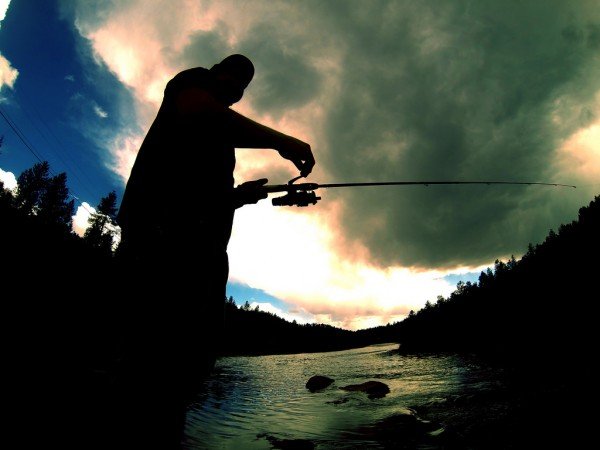For many, fishing is one of life’s ultimate pastimes. If you’re not familiar with it, you might think – what’s so thrilling about fishing? You might even think that it looks boring.
However, you would be wrong. A love for fishing is simply an acquired taste. In order to grow to like it, you have to be good at it,…








